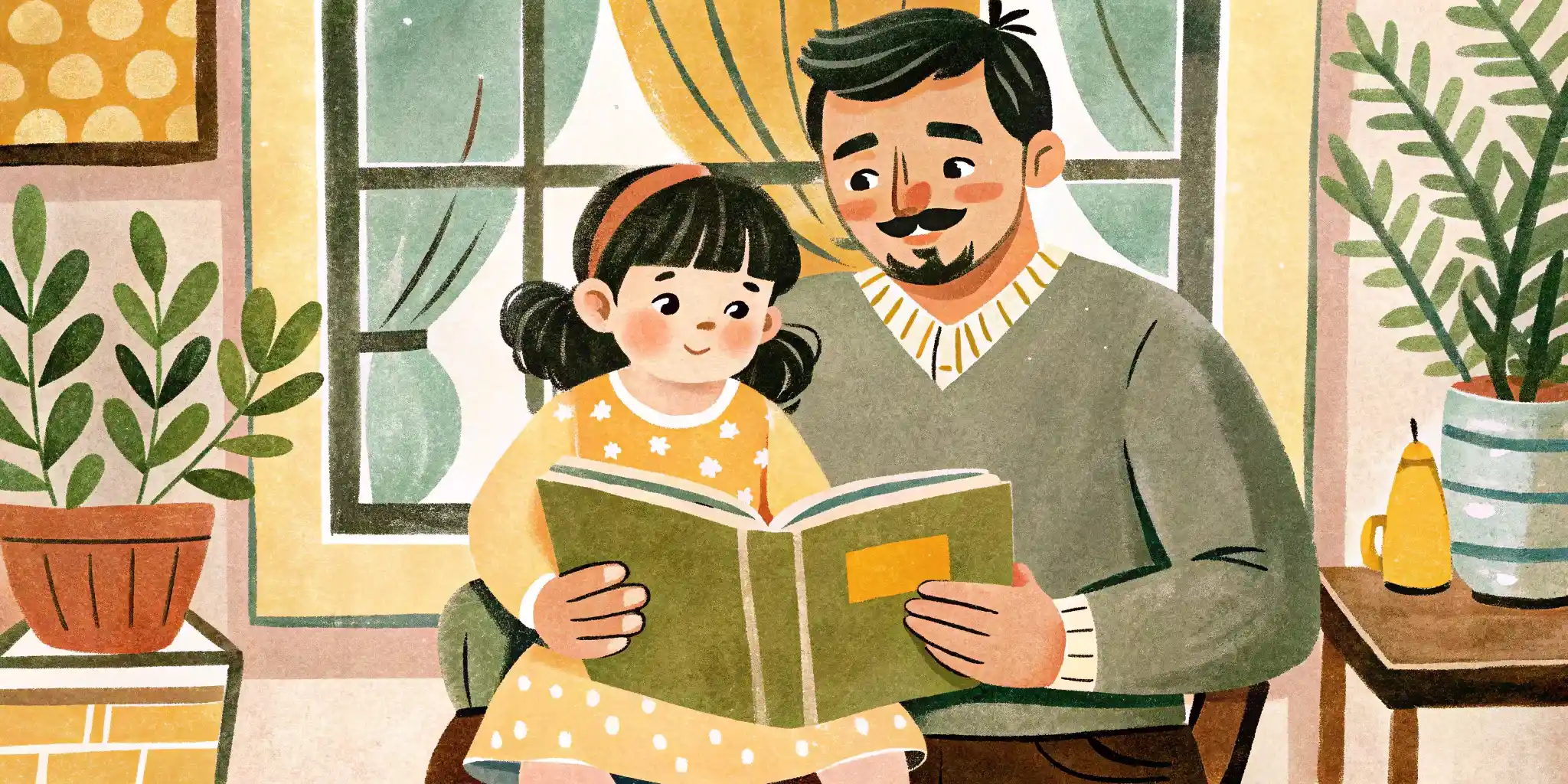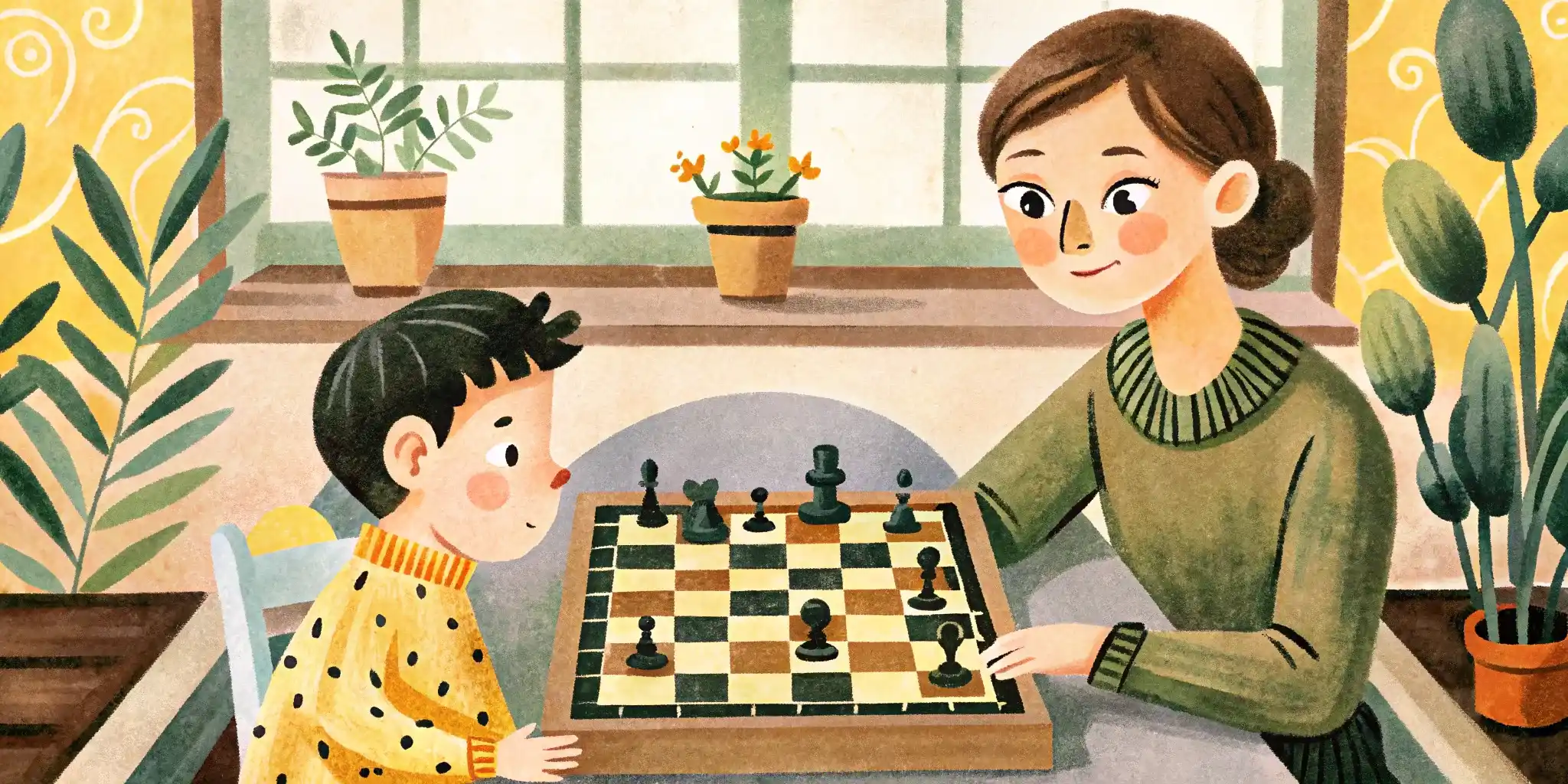Memory is the basis of all cognitive processes, as it determines a child’s ability to learn, remember new information, and analyze events, and you can and should develop memory from an early age, turning this process into an exciting game.
But it is important to understand that you need to approach this thoroughly, finding methods that will help strengthen the memory, including the best memory games for kids, digital resources, as well as the influence of sports and diet.

Offline Methods: Games That Develop Memory
Games are the most natural and effective way for a child to learn, because they help not only to remember but also to focus, and they develop logic and associative thinking.
The Pairs Card Game
How to play:
- You should put several pairs of cards face down on a table, and you should start with 6-8 pairs for the youngest children before slowly increasing the number
- Players take turns flipping over two cards at a time
- If the pictures match, the player takes the pair for themselves and gets another turn
- If the pictures do not match, the cards are returned to their place and the turn goes to the next player
- The goal of the game is to collect as many pairs as you can
Why it works: The game directly trains visual memory and attention, because a child needs not only to remember where a certain picture is, but also to remember the location of several cards at the same time, and this develops working memory and concentration.
The “What Changed?” Game
How to play:
- You should put several things on a table, like a pen, a ball, or a book, and you can start with 5-7 things.
- You should ask the child to look at them carefully and remember where they are.
- Then you should ask the child to close their eyes or leave the room.
- During this time, you should change something, like taking away one item, adding a new one, or moving the items around.
- The child’s task is to figure out what has changed.
Why it works: This game actively uses the process of comparing and holding an image in memory, so the more details a child has to remember, the more difficult and useful the game becomes, and you can slowly make the task harder by adding more things or changing several of their characteristics at once.
The “Word Chain” Game
How to play:
- The first player says any word they want.
- The second player must repeat the first player’s word and add their own.
- The third player repeats both previous players’ words and adds their own.
- For example, “apple” → “apple, pear” → “apple, pear, banana,” and so on.
- Whoever makes a mistake or cannot remember the whole chain is out of the game.
Why it works: This is an exercise in remembering information in a certain order, and it teaches you how to build logical connections and use memory tricks to hold more and more items in your memory.
The “Store” Game
How to play:
- You should choose a “seller” and a “buyer”.
- The buyer says, “I am going to the store and I am buying…” and names one item, for example, “bread.”
- The next buyer repeats the phrase and adds another item, saying, “I am going to the store and I am buying bread and milk.”
- The game continues until someone cannot repeat the whole list.
Why it works: The game is aimed at developing short-term memory, and it also teaches you how to organize information, which is a very important skill for remembering anything.
Drawing from Memory
How to play:
- You should put an item on a table, such as a fruit or a toy.
- The child should look at it carefully for 30 seconds.
- Then you should take away the item, and the child must draw it from memory, trying to make all the details as correct as possible.
Why it works: This exercise develops not only visual but also imaginative memory, as the child learns to find the main characteristics of an object and hold them in their mind, which is helpful for remembering any kind of information.
Guides and Books for Developing Memory
Workbook books. We should mention the works of Gareth Moore, who is known for his collections of puzzles «Brain Games for Clever Kids», and another important example is Tony Buzan, «Mind Maps for Kids: The Ultimate Study Book», which helps children organize information and improve associative memory.
Stories with tasks. In these books, the stories are connected with interactive elements, because after reading a story, for example, a child is asked to answer questions about the characters or remember the order of events, which makes reading more meaningful.
Guides for parents. Some books are for adults and explain how a child’s memory works, which methods are the most effective, and how to correctly plan the learning process, and these books can help parents make a personal plan for their child’s development.
For example, «The Whole-Brain Child» by Daniel J. Siegel and Tina Payne Bryson gives practical strategies for the balanced development of a child’s brain, and another useful book is «Brain Rules for Baby» by John Medina, which gives scientific reasons for parenting principles to develop mental abilities.
Online Games and Apps for Developing Memory
Digital technologies also offer many tools for developing memory, and the most important thing is to use them wisely and control the time spent on a screen.
Matching Apps
Many apps like Mind Elevate use the same idea as offline pairs card games, but they add new elements, like sounds, animation, or changing pictures, and these games are perfect for short play sessions and training visual memory.
Sequence Games
In these games, a child needs to remember a sequence, for example, of flashing lights or sounds, and then repeat it exactly, and they do a great job of developing auditory and visual memory. Examples are “Simon” and other similar games.
Apps with a story
Some educational platforms offer full stories and quests where a child needs to do tasks related to memory, which makes the process more interesting and motivating.
Important: Before you offer an online game to a child, you should make sure that it is right for their age and does not have annoying ads, and you should use apps that were made especially for children that focus on educational content.
The Role of Physical Activity and Clubs
Developing memory is directly connected to a healthy brain, because regular physical activity and lessons in different clubs make blood flow better, give the brain oxygen, and help new neural connections form.
Sports and Physical Activity
- Team sports like football or basketball: They teach a child to remember strategies, the positions of players, and their actions on the field, and this trains their operational and strategic memory.
- Dancing and gymnastics: They develop coordination and muscle memory, and a child needs to remember the order of movements and repeat them without stopping.
- Martial arts: They train discipline, concentration, and the memory of sequences of hits and moves.
Creative and Intellectual Clubs
- Music: Playing a musical instrument or singing activates auditory and visual memory, because remembering notes, melodies, and rhythms is a great exercise for the brain.
- Learning a foreign language: It teaches you to remember new words, grammar rules, and phrases, which greatly increases your memory capacity.
- Chess: This is one of the best games for developing memory, logic, and strategic thinking, as a player must hold the positions of all the pieces in their mind, plan moves many steps ahead, and remember the opponent’s moves.

The Influence of Diet on Memory: Foods for the Brain
What Should Be in the Diet
- Omega-3 fatty acids: These acids are the building blocks for brain cells, and they improve the transmission of nerve signals, which is important for memory and learning, so you can find them in fatty fish like salmon, mackerel, and sardines, as well as in walnuts, flax seeds, and chia seeds.
- Antioxidants: They protect brain cells from damage, and they help maintain cognitive functions and lower the risk of inflammation, so you can find them in berries like blueberries, strawberries, and raspberries, dark leafy vegetables like spinach and kale, and beans.
- B vitamins: Vitamins B6, B12, and folic acid play an important role in making neurotransmitters, which are chemical substances that send signals between brain cells, and you can find them in whole grains, legumes, eggs, meat, and dairy products.
- Iron: A lack of iron can lead to a lack of focus and memory, because it is needed to carry oxygen to the brain, so you can find it in red meat, lentils, spinach, and dried apricots.
What You Should Limit
- Sugar and simple carbohydrates: They are absorbed quickly, which leads to sudden changes in blood sugar and a decrease in cognitive functions.
- Trans fats and saturated fats: They can cause inflammation and have a bad effect on the health of blood vessels, making blood flow to the brain worse.
- Too much salt: It can lead to high blood pressure and have a bad effect on the brain.
As a parent, you have the opportunity to influence your child’s sense of self, and despite the lack of perseverance in children, it is still possible.
Our generation is lucky, because there are many free resources on the Internet that will help to study the issue and find an individual approach.
Read, play and try, most importantly, do not stop and introduce this leisure into your daily routine.
